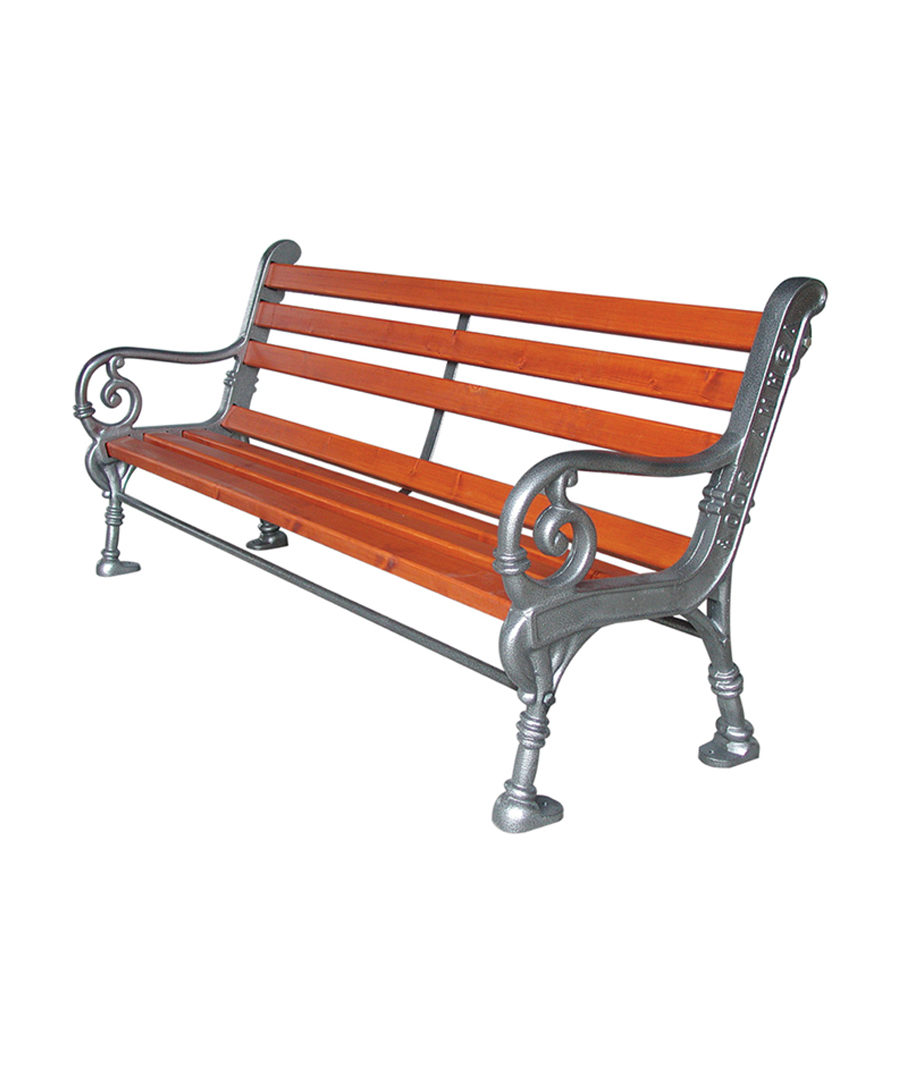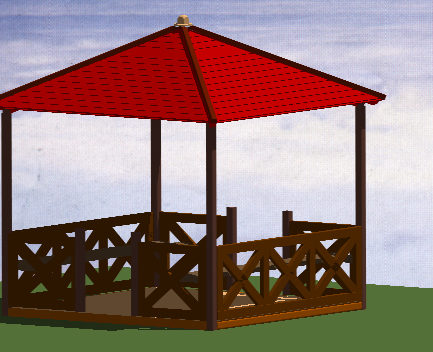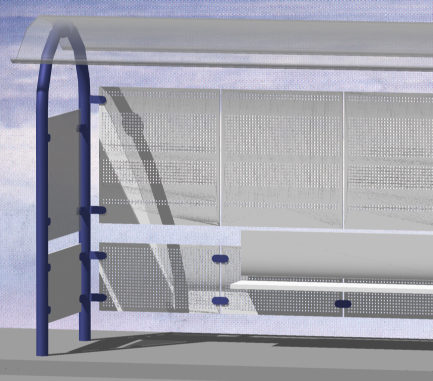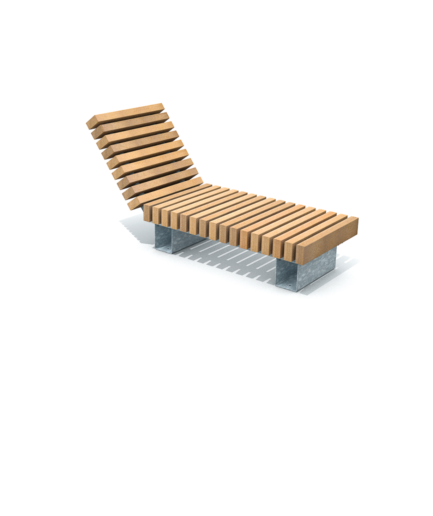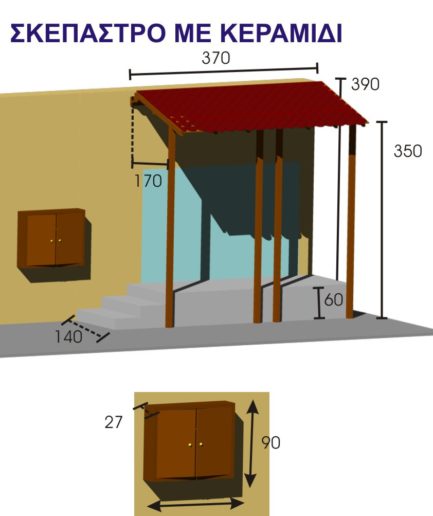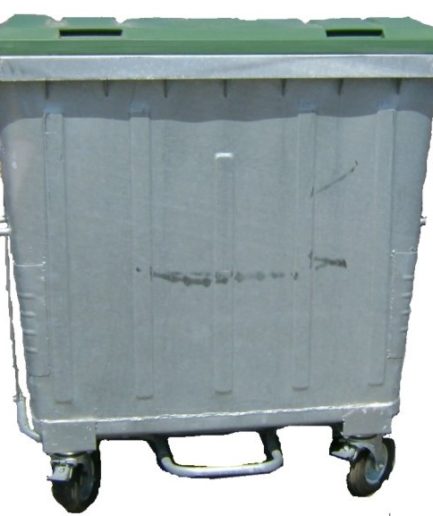BENCH 0020-304A
020-304A
The bench is made of cast iron, metal and wooden elements. It has maximum dimensions: length 183 cm, width 63 cm and height 82 cm.
The seat frame consists of 2 side sections, made of solid cast iron, shaped in a traditional design with a sparse helical shape. Each side section has a maximum thickness of 5 cm.
These lateral sections are joined by horizontal cast iron bars, Ø1 / 2¨ in section, two at the seat and one at the top of the back, with a spiral end and a safety nut 3/8 ″ X70. They are 174 cm long.
For easier seating, but also for aesthetic reasons inside each side of the cast iron, there are special sockets (seven in each section) for the wooden beams, with dimensions analogous to those of the wood (6×4,5 cm) and depth 3 cm
The seat consists of seven (7) 6×4.5cm rectangular wooden beams with rounded edges and a length of 180cm curved.
For best support, a 30 x 3 mm cross-section blade is positioned in the middle of the seating area, which adjoins the outer curve of the seat and is screwed onto it with 40×50 grooves.
This curve results from an appropriate beam arrangement to create a seating area in accordance with the rules of ergonomics. Living room legs have a secure anti-theft mechanism on their lower legs to prevent them from moving. The living rooms are provided with a sufficient number of plugs to attach them to the concrete floor.
QUANTITY QUALITY CERTIFICATE
TYPE: EN-GJL 200
EN 1563
ANALYSIS RESULTS:
| TENSION STRENGTH | BDS EN 1563 | Rm Mpa | 252 – 260 |
| MICROSTRUCTURE | EN ISO 6906-1 | HB | |
CHEMICAL ANALYSIS OF CANDLE %
| Carbon
C |
Silicon
Si |
Manganese
Mn |
Chromium
Cr |
Phosphorus
P |
Sulfur
S |
Copper
Cu |
| 3,21 | 2,05 | 0,75 | 0,11 | 0,10 | 0,075 | 0,27 |
TIMBER
The wood used is composite non-stick Swedish pine timber, in accordance with EN 351. It is manufactured with special compound (welding of wood) in different sections depending on the intended use.
COMPOSITE wood is 40% stronger than whole wood. It has a strength of 360 kp / m2 and a specific weight of about 480 kg / m3.
It contains about 15% moisture
Contains minimal juices (resin) compared to other pine family trees in other countries (weather in northern Sweden up to -25 ° C)
It has a thermal conductivity of s = 0.10 Kcal / Mho and sound insulation 3.5 times greater than concrete or bricks of equal thickness.
It has antimagnetic properties and is a poor conductor of electricity
It is resistant to fire and is classified in categories F30 and F60 (by DIN 4120) according to its cross-section.
When the outer part of the cross-section burns, its interior protects and retains its strength.
It is processed just like commercial wood
It retains its shape and distorts or creates minimal fractures
Annual wood rings are usually perpendicular to the long side of the cross-section with a significant increase in the mechanical strength of this surface when applied to floors.
All corners of the wood are planed to a radial of 5 mm minimum.
METALLIC ELEMENTS
The metallic elements used in the manufacture of the equipment (screws, connectors, etc.) are made of metals either thermo-galvanized or electro-galvanized, where the surface preparation has been preceded by sandblasting or stainless steel. The dimensions and cross-sections of the metallic elements are sufficient to accommodate (with an appropriate safety factor) the loads for which they have been designed to withstand corrosion and adverse weather conditions.
PAINTS
The varnishes and paints that protect the wooden parts are specially designed for the climate of our country and are absolutely harmless to the users (they do not contain lead, chromium, cadmium or other heavy metals) and give high strength to our constructions.
All production work processes for the processing of raw materials are carried out according to
The ISO9001: 2015 quality system
The environmental management system ISO14001: 2015

